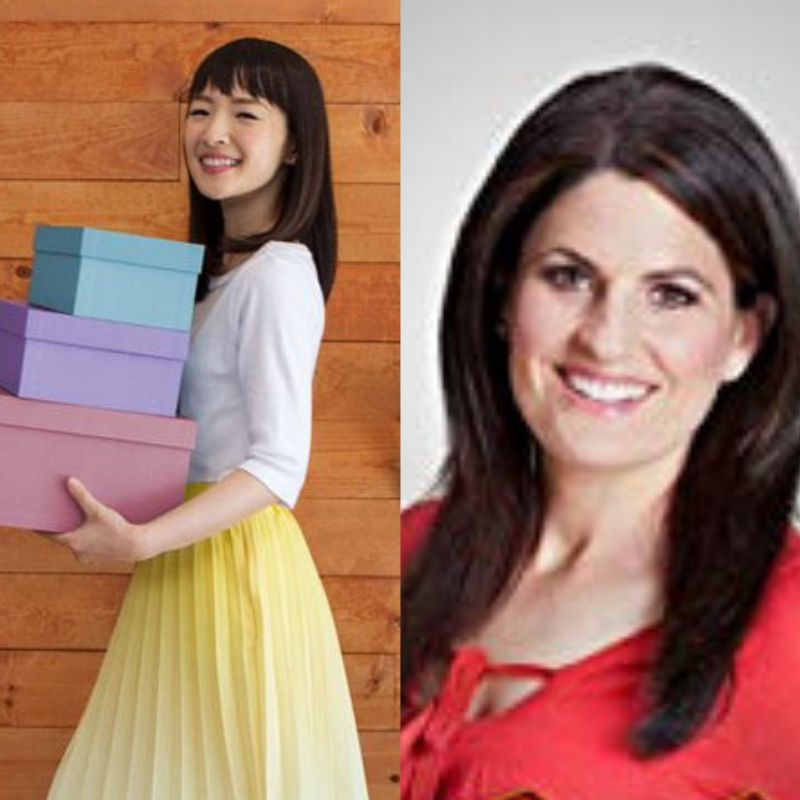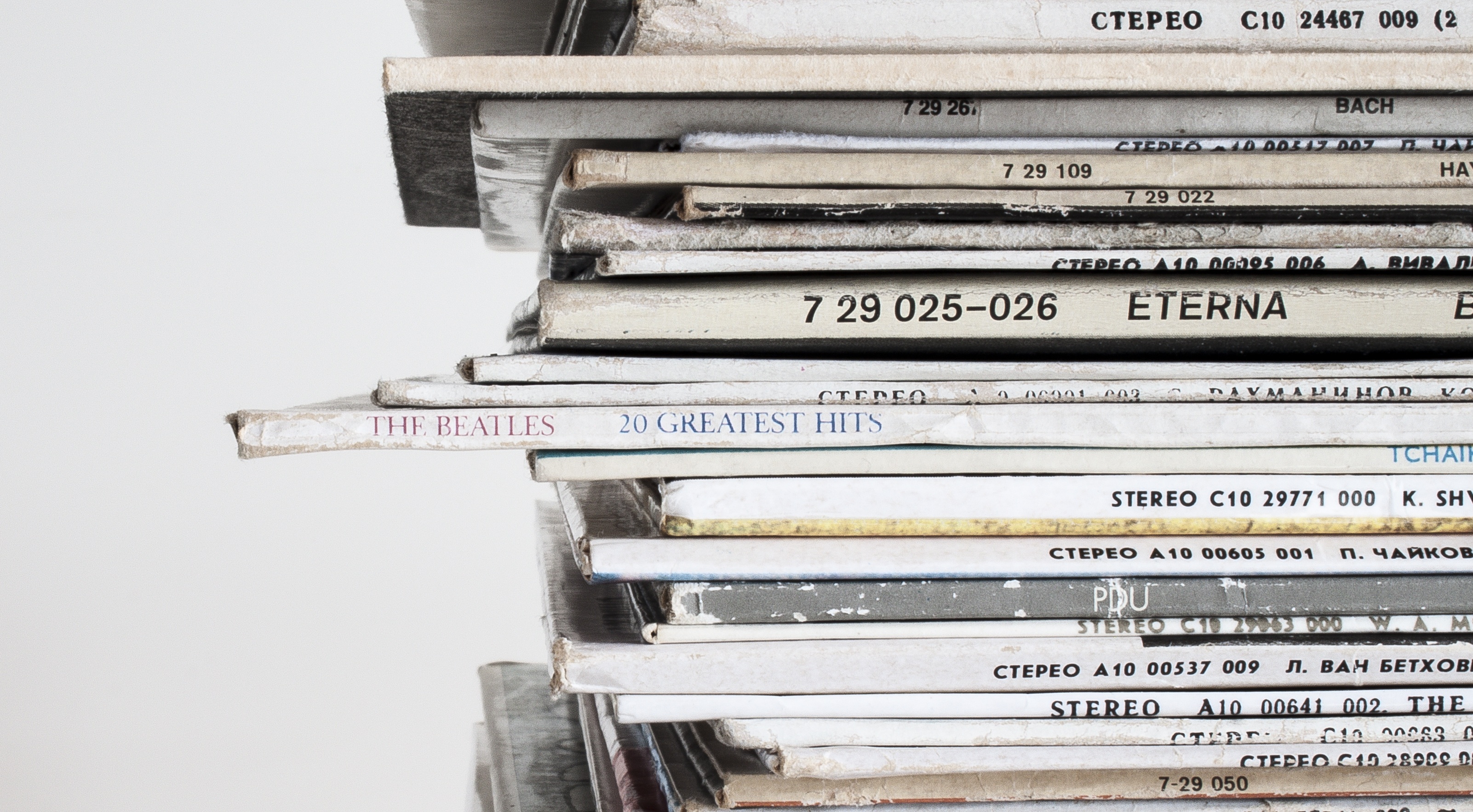
Remember those paint by number kits we used to have as a kid. They were fun and easy paint projects because it took the guesswork and decision making out of the process. Wouldn’t you love the same effect when it came to tidying and decluttering your home? Are you ready to make quick decisions and clear out the clutter quickly?
I’ve put together this list of 10 different areas of the home in which to declutter 10 items. I’ve even offered suggestions to help you make quick decisions and stay motivated. If you are feeling energized by numbers than set a timer and give yourself 10 minutes per area to purge. Just think, in 100 minutes your could be 100 items lighter. Get those donation and trash bags at the ready, and GO…
10 things from your bathroom
Suggested items: expired make-up and medicine, hair accessories you don’t use, empty toilet rolls and shampoo bottles
10 things from your linen closet or laundry room
Suggested items: threadbare bath towels, old or mis-matched sheet sets
10 things from your bedroom
Suggested items: flat pillows too uncomfortable even for guests, unread books, clutter on your nightstand
10 things from your closet
Suggested items: underwear, socks, tights, and bras that are stretched out or have holes, shoes that are too tight
10 things from your kid’s room
Suggested items: puzzles with missing pieces, stuffed animals no longer loved, books and clothing they’ve outgrown
10 things from your junk drawer
Suggested items: keys with no matching locks, old mobile phones, miscellaneous nails, screws, and bolts, expired/old batteries
10 things from your kitchen
Suggested items: duplicate utensils, chipped dishware, excess coffee mugs
10 things from your car
Suggested items: used food and drink containers; old maps, tickets and receipts
10 things from your computer/devices
Suggested items: apps you don’t use, downloaded files you no longer need, anything on your desktop
10 things from storage
Suggested items: leftover paint you’ll never use again, garden pots you don’t use, old luggage
Looking for more items to declutter? Check out this list of 101 Things to Declutter





 We all love bags but, here at the dawn of 2016, I think it’s safe to say most of us love them a little too much. How did all these bags get into our lives? Well, there are two main ways: either because we bought them for something, or we bought something that we put in them. The first category of bags, well, those are our silent workhorses. We need them to tote our laptops to work, to cart our rain gear and gym clothes, or to haul bottles, diapers and snacks for our offspring. If you have a school-aged child, she needs a knapsack too, and, eventually, a gym bag. Oh, and does your child do any extra-curricular sports? Then you will need a swim bag, ballet bag, judo bag, or fill-in-the-blank bag to contain all that equipment and keep it ready-to-go. Active lifestyles need bags, and that’s okay. But so often we fail to get rid of bags that have outlived their use and so our collection grows, and one day you open a closet to find bags spilling out, many of which you may not have used in years. Believe me, it is now time to donate or throw away that over-used handbag, or that backpack covered in characters your kid stopped liking long ago. Go ahead, you have my permission–just do it!
We all love bags but, here at the dawn of 2016, I think it’s safe to say most of us love them a little too much. How did all these bags get into our lives? Well, there are two main ways: either because we bought them for something, or we bought something that we put in them. The first category of bags, well, those are our silent workhorses. We need them to tote our laptops to work, to cart our rain gear and gym clothes, or to haul bottles, diapers and snacks for our offspring. If you have a school-aged child, she needs a knapsack too, and, eventually, a gym bag. Oh, and does your child do any extra-curricular sports? Then you will need a swim bag, ballet bag, judo bag, or fill-in-the-blank bag to contain all that equipment and keep it ready-to-go. Active lifestyles need bags, and that’s okay. But so often we fail to get rid of bags that have outlived their use and so our collection grows, and one day you open a closet to find bags spilling out, many of which you may not have used in years. Believe me, it is now time to donate or throw away that over-used handbag, or that backpack covered in characters your kid stopped liking long ago. Go ahead, you have my permission–just do it!